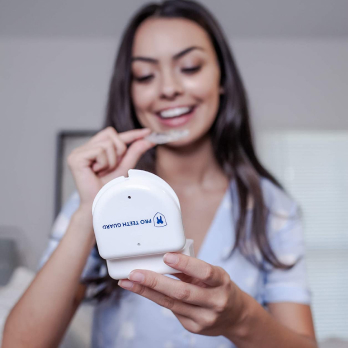7 Easy Ways to Make your Bedroom Sleep-Friendly
27th Jun 2022

Sleep is linked to weight, mood, and overall health, so we are always seeking methods to improve sleep. Fortunately, there are simple changes you can make to your bedroom to create a sleep-friendly environment. Room color, smell, light, and temperature can all be used to improve your quality of sleep. While these might seem like small improvements, each of these steps can benefit your sleep schedule both in terms of your sleep onset (how long it takes to fall asleep) and your sleep duration. You can apply most of these starting tonight!
Keep Cool
Our bodies are conditioned to experience lower temperatures at the end of the day, as the sun sets. Sleep Foundation states that the ideal bedroom temperature is 65 degrees Fahrenheit, although this may vary based on personal preference. Body temperature affects sleep onset as well as the amount of time spent in different sleep stages so keeping the room temperature lower will benefit your sleep schedule. Some cooling sheets and pillows are crafted specifically to help your internal body temperature drop at bedtime.
Limit Noise
It may come as no surprise that having a quiet sleep environment can help you fall asleep and stay asleep. Some people prefer some white noise to help lull them to sleep using phone apps, white noise machines, or fans. However, eliminating any other background noise or distractions will help you fall asleep faster.
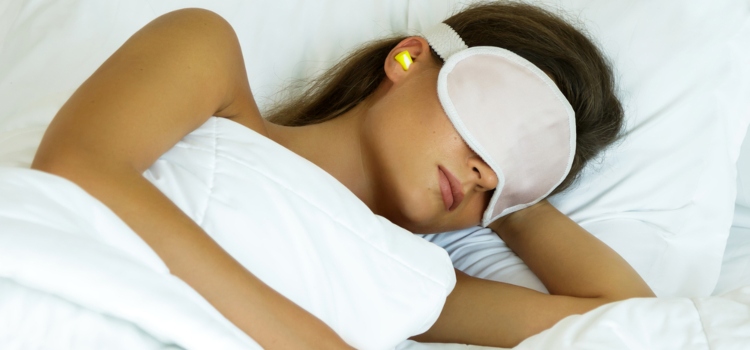
Limit Light
Melatonin is the hormone that occurs naturally in the body and promotes sleepiness. Your melatonin production is suppressed by light, so limiting light in your sleep environment is one of the best ways to promote sleep. Limiting light includes the blue light from your phone and other screens: “Artificial light sends the same messages to your body as sunlight” (UNC Health Talk). Try and set the screens aside an hour or so before bed. You can also purchase a pair of blue light glasses to block the blue light while you’re having screen time.
Use Aromatherapy
Some scents are known to help promote relaxation and sleep. Lighting a candle or using some essential oils while you’re getting ready for bed will help to release tension, relieve anxiety, and promote relaxation. Some relaxing scents include:
- Lavender
- Chamomile
- Bergamot
- Ylang-Ylang
- Rose
- Jasmine

Declutter
Cleaning and decluttering your room will minimize dust and other allergens in the air. This is beneficial for your respiratory system and improves sleep quality. Additionally, according to Sleep Foundation, “visual clutter can generate stress, which is a known barrier to quality sleep”.
Limit Activity
Make sure you avoid doing too many activities in your bedroom so your brain associates the space with sleep. Researchers confirm that playing video games, watching T.V., or working from bed can cause your brain to make associations with your bed other than it being time to sleep.
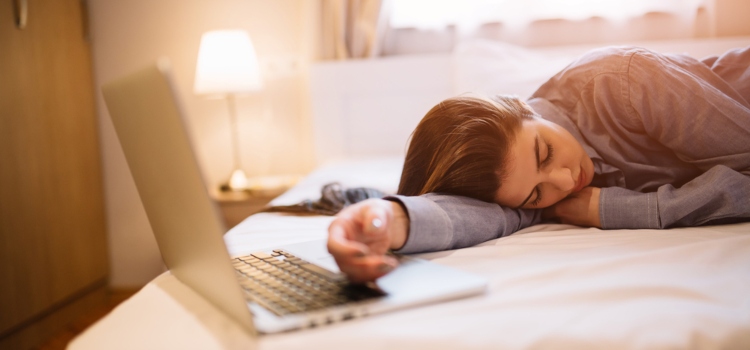
Use color to Promote Relaxation
Cool toned colors such as blue and green help promote relaxation and sleepiness. Neutral colors are also useful to promote relaxation. Warm colors such as bright red and yellow have the opposite effect. Sleep.org finds that the color blue calms the nervous system, the color green reduces stress, and the color beige promotes balance and eliminates distractions.
Making some or all of these changes will help you achieve those important 8 hours of recharge each night. Combining some of these bedroom improvements with a consistent bedtime routine will almost certainly have a positive impact on your sleep. Curating your sleep environment to benefit your rest is an investment in yourself.
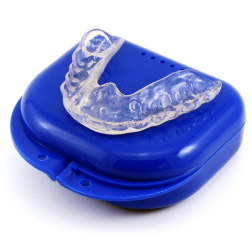
- Most Popular
- Hard Outside, Soft Inside
- 2MM Thick
- Moderate / Heavy
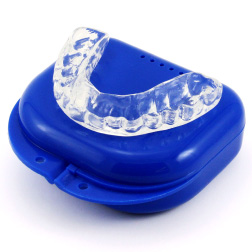
- Most Durable
- Hard Materials
- 1.5MM Thick
- Heavy / Severe
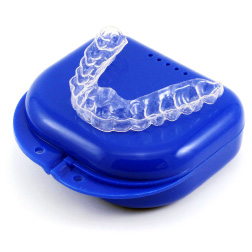
- For Day Time Use
- Thin, Barely Visible
- 1MM Thick
- Light / Moderate
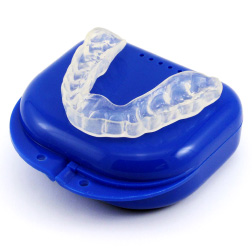
- For Clenching
- Flexible & Soft
- 1.5MM Thick
- Light / Moderate
